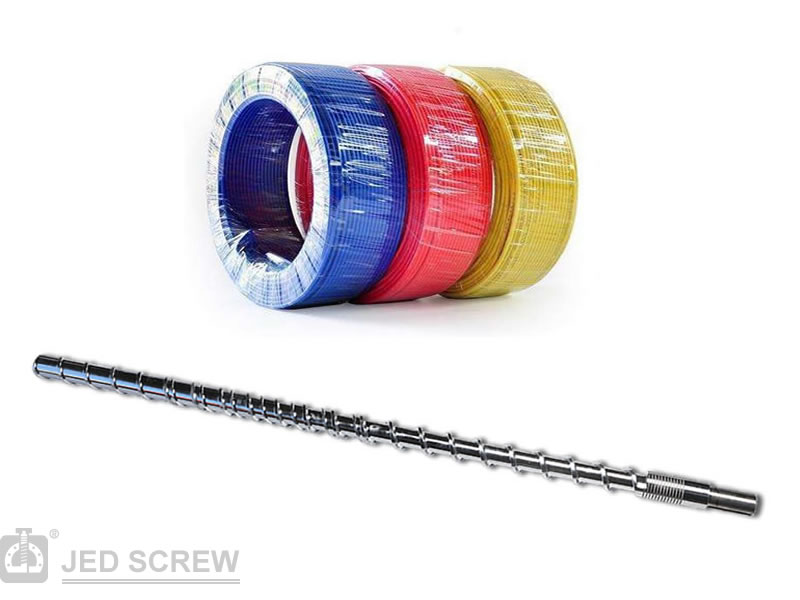According to foreign data reports: When extruding and injection molding plastic products, one of the problems often encountered is the rapid wear and corrosion of screws and barrels, and many cases are around half a year, or even two or three months. Within a period of time, the screw and barrel were worn and corroded to the point where they needed to be replaced, which forced the plastic molding industry to conduct more and more in-depth research on the wear and corrosion resistance enhancement measures of the screw and barrel.

In the past three years, in order to improve the wear resistance and corrosion resistance of screws and barrels, great progress has been made in the study of screw and barrel wear resistance enhancement measures, mainly reflected in: The development of materials and the transfer of new mechanical manufacturing technology and new heat treatment technology to the manufacturing process of screw and barrel. The simple situation in this regard is that in the 1950s, medium carbon steel and alloy steel were mainly used for surface quenching, chrome plating, or chrome plating after quenching.

Since then, alloy steel, nitrided steel and other materials have been used for gas nitriding; after entering the 1970s, in addition to continuing to use more nitriding steel for gas nitriding, more and more examples The nitriding process, which uses medium carbon steel and alloy steel for chrome plating, has been significantly increased; the new process of spraying and surfacing the wear-resistant and corrosion-resistant alloy on the top surface of the screw teeth and even the entire screw spiral surface is widely used. It is adopted, and in some special cases, pure nickel is used to make the screw; for the barrel, the barrel body is widely made of cast iron, medium carbon steel or alloy steel, etc., and then the inner hole wall is cast to resist wear and corrosion New technology of special alloy lining.
 Extruder screw barrel manufacturer, twin screw barrel, single screw barrel.
Extruder screw barrel manufacturer, twin screw barrel, single screw barrel.



WhatsApp
Scan the QR Code to start a WhatsApp chat with us.